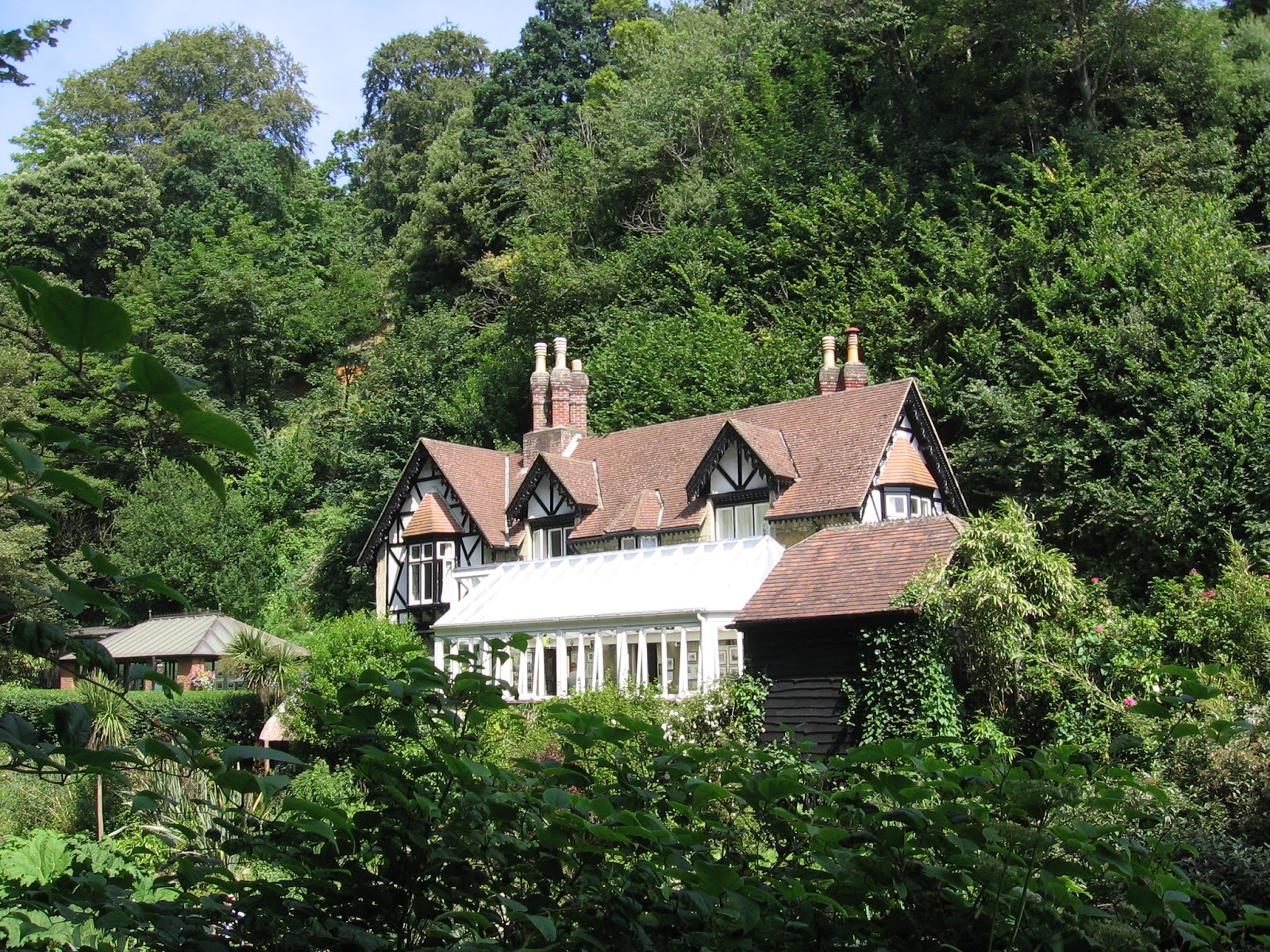 |
| Bell's Tower |
It became more well known under the management of Robert Owen (1771-1858), who married the eldest daughter of David Dale, the former owner of the New Lanark cotton mills. He took over the management in 1800 and introduced a number of social reforms.
The whole area lies idyllically in the Clyde Valley. The mills are surrounded by pretty woodlands and the Clyde Walkway, which leads to the "Corra Linn" waterfall. As I'm quite interested in the history of the Industrial Revolution, New Lanark was a must-see for me.
 |
| Robert Owen's House |
You can visit the following: Visitor Centre ( former "Institute for the Formation of the Character"), the School for Children, the Millworkers' Houses, the Village Store and Robert Owen's House. Moreover, there's a café (Mill Pantry) and an Edinburgh Woollen Mill Shop.
 |
| School for Children |
During his management, Robert Owen inspected a large amount of factories and found dreadful working conditions. He reported them to Parliament but sadly resulted only in the passage of some weak laws in 1819. He decided to bring about a change in his own mill.
 |
| Look from Mechanic's Workshop |
The "School for Children" and the "Institute for the Formation of the Character" were built because Robert Owen believed that education was the key to creating a society without crime and poverty. He forbade children to work in the mills until they were ten years old. In these times of the early 19th century there were no work restrictions for children. The "Act of Labour" was set in 1849, much later than Owen had set up his own working conditions in 1816.
After having explored the Visitor Centre, I walked to the former school for the workers' children. A little cinema inside showed the "Annie-MacLeod-Story", a short film about the life of a child in the early 19th century. School lessons included the following subjects: singing, dancing, art, history, geography and nature study.
 |
| Corra Linn Waterfall |
I went on to the workers' flats and learnt that the furnishings had been ahead of their time. At first, one room was allocated to each family, then in the course of time they got two rooms.
Robert Owen impressed me so much because he changed some things for the better and didn't let himself be held back by others. He stood up for his ideas and convictions and never stopped saying what he thought. He never gave in and went on improving working conditions. He keenly recognized a lot of problems of society and changed them in his domain of influence.
 |
| Clyde Walkway |
I really enjoyed walking on the Clyde Walkway and passing the "Corra Linn" waterfall, which was totally breathtaking.
I can really recommend going to New Lanark. It is definitely worth a visit, especially for history lessons. You can even book a tour guide for school classes.




















































